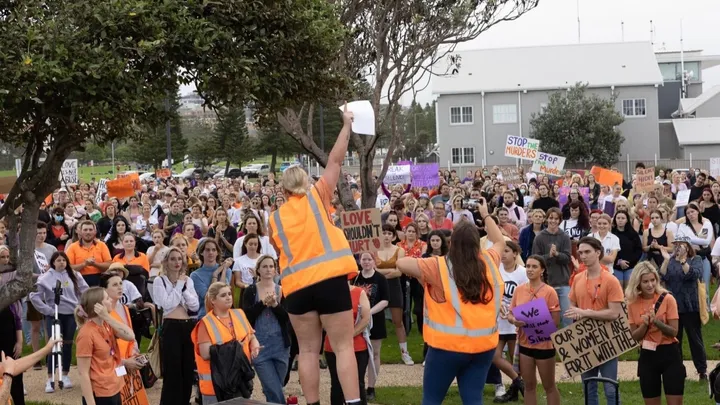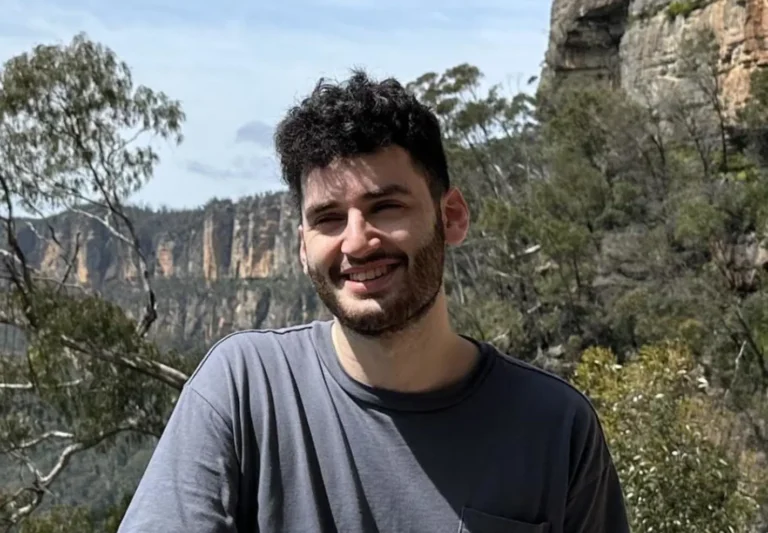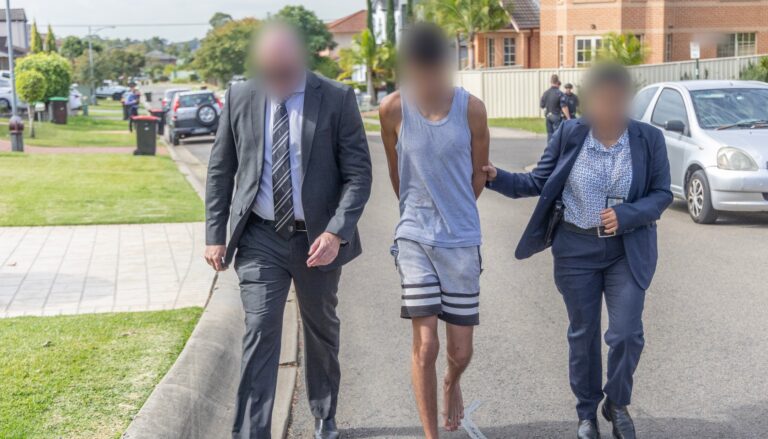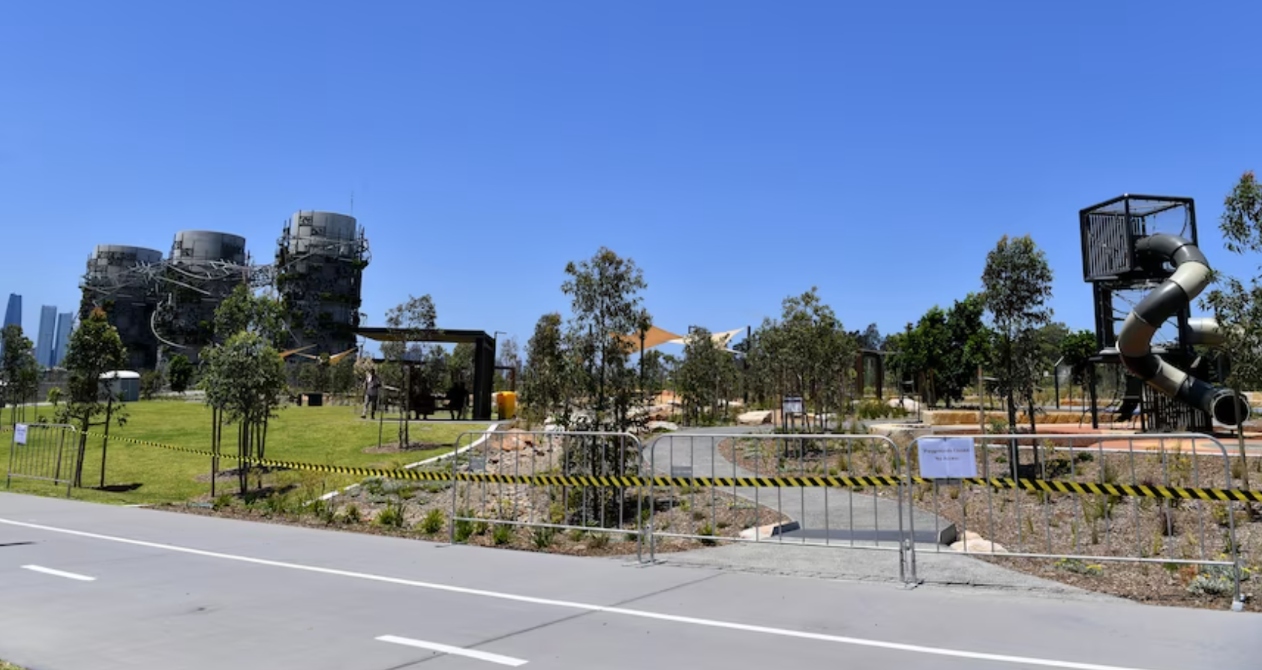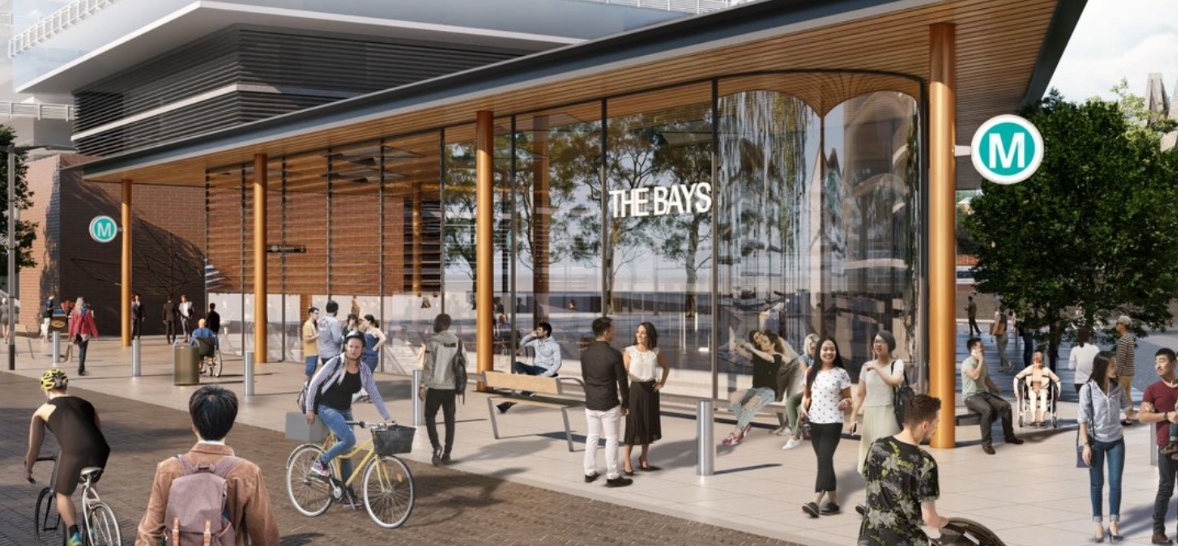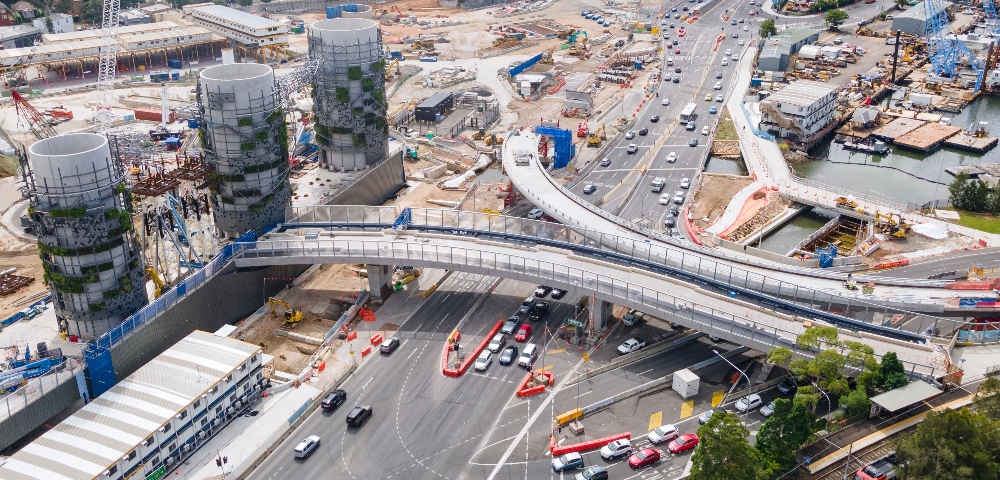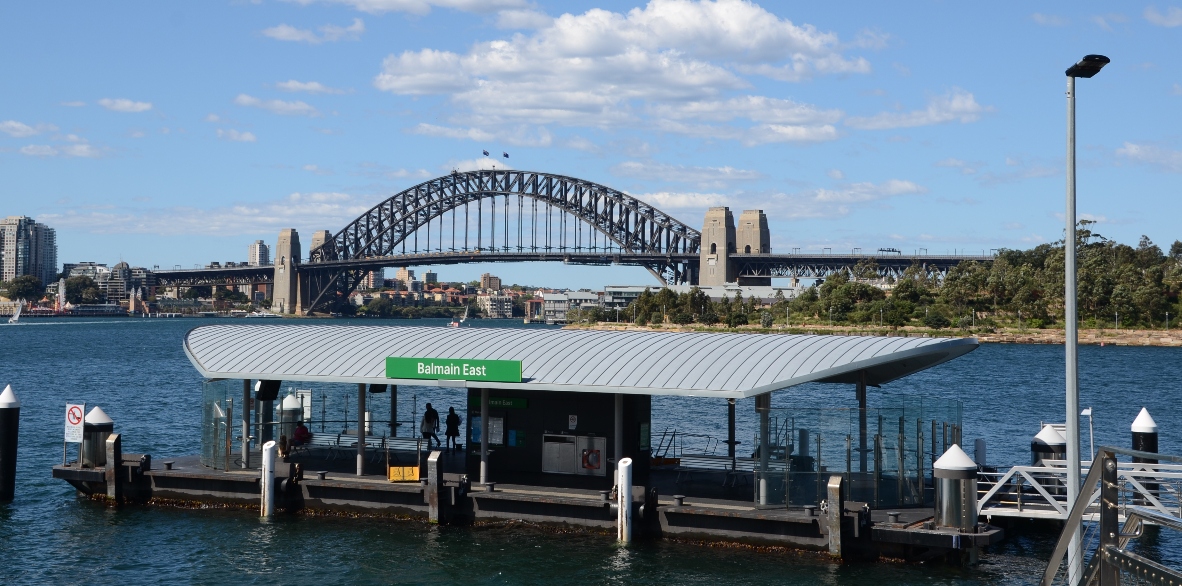
T3 shutdown for Sydney Metro amplifying frustration in the Bankstown-Sydenham corridor
By DANIEL LO SURDO
Train commuters on the T3 Bankstown line will be forced to seek alternate public transport avenues in the coming weeks as the NSW Government announced plans last month to close stations between Bankstown and Sydenham to carry out essential works for the Sydney Metro & Southwest project.
Stations on the T3 line will be closed from June 28 to July 11, with Transport for NSW implementing frequent bus services and additional trains to mitigate commuter inconvenience during the winter school holiday period.
“180 extra buses will run hundreds of extra services during the morning and evening peaks, with a bus available every three minutes for impacted customers,” a Transport for NSW spokesperson told the Independent.
“Additionally, 180 extra train services per day will run on the T8 Airport and South Line to complement the busing strategy linking customers to T8 stations.”
City of Canterbury Bankstown Mayor Khal Asfour assured constituents that Council would be closely monitoring the shutdown throughout its fortnight duration.
“I know the work being carried out will cause inconvenience to some of our residents, but I am told it is unavoidable,” Asfour told the Independent.
“I can assure residents I will be keeping an eye on the situation so there are no unnecessary delays.”
Transport for NSW Acting Deputy Secretary Howard Collins understood that reduced patronage during the school holiday period would minimise the degree of commuter inconvenience.
“We choose the school holiday period when there are less people travelling on the network to further limit impacts on the community, with an estimated 40 per cent decrease in patronage during weekdays,” Collins said.
A broken promise
Despite the strategy to counter the effects of the shutdown, residents from the Bankstown-Sydenham corridor have grown disillusioned by the State Government’s action in their area.
Sydenham to Bankstown Alliance Convenor and former Canterbury Deputy Mayor Barbara Coorey understands that the closure will wreak havoc in her area.
“We [will] have 80,000 people in peak hour who will not be able to be transported properly,” Coorey told the Independent.
“All hell is going to break loose.”
The State’s decision to shut down the corridor this winter stands contrary to plans revealed in the Sydenham to Bankstown Preferred Infrastructure Report Overview of June 2018, whereby school holiday closures to facilitate trackwork were said to be “restricted to up to two weeks in the Christmas holidays each year,” with the document also stating there would be “no two-week possession closure during the July school holidays.”
The mixed messaging has continued to fuel frustration towards the State.
“It’s a disgrace, they’ve broken their promise about shutting down the line,” Coorey said.
“We’re very angry … it’s not just the shutdown, it’s the redevelopment, the whole demolition of these suburbs.”
Among the work that is set to be conducted to the 125-year-old T3 Bankstown line will be works to electricity substations, an implementation which Coorey believes will harm community members living and using infrastructure surrounding the corridor.
“They’re now also constructing service substations along my area in the corridors, they’re right behind people’s homes and they are designed for very high infrastructure use,” Coorey said.
“They’re building them behind the health centre and senior citizens centre in Belmore, they’re doing it right behind people’s homes in Hurlstone Park, it’s really bad.”
Substations on the Bankstown-Sydenham corridor will all be above ground and positioned within a secure compound in the railway network. They will convert electrical power to an appropriate voltage, current type and frequency, which can be used to supply the rail network with power.
While there is no established evidence that the exposure to magnetic fields from substations causes any health effects, regardless of the proximity, the possibility remains of increased health risks for children with prolonged exposure to abnormally high magnetic fields associated with substations.
Changing identity
With metro services set to start in 2024, Coorey worries that the Bankstown-Sydenham corridor is being singled out as an area for significant redevelopment.
“The T3 line is under capacity to run a metro on it … we are under patronage,” Coorey said.
“They’re creating the patronage with the high-density, because metro means high-density.”
Per .id, the City of Canterbury Bankstown Local Government Area is expected to rise 17.48 per cent in the next fifteen years, with the metro line expected to be responsible for growth in high-density infrastructure within the Bankstown-Sydenham corridor.
The Sydney Metro plans to run a train every four minutes in peak hour in both directions from the CBD, with lifts, level platforms and platform screen doors all to be added to increase safety, accessibility and increased security.
Within the shutdown period, platforms at Marrickville, Canterbury, Lakemba, Hurlstone Park, Belmore and Wiley Park stations will be rebuilt, as well as the concourse roof at Campsie Station, and an upgrade to the concourse precinct at Marrickville station.
New stairway facilities will be developed at Hurlstone Park and Wiley Park stations, whilst anti-throw screens at Wardell Road bridged over the railway alignment between Sydenham and Bankstown will be installed.
In preparation for the temporary closure, Transport for NSW has distributed 35,000 flyers at impacted stations, as well as in the CBD, to help commuters plan and alter their trips.
From June 28 to July 11, the Transport Management Centre will have dedicated staff monitoring and managing the network to minimise the impacts of disruption on roads and public transport.

